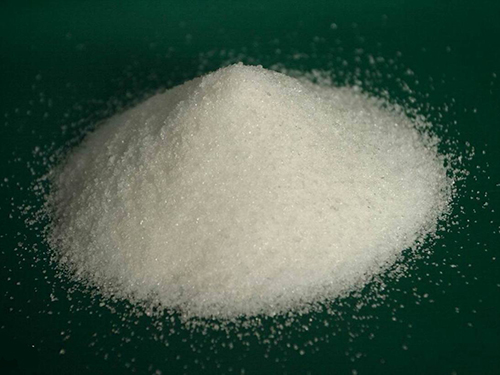poly aluminum chloride
Poly Aluminum Chloride An Overview
Poly Aluminum Chloride (PAC) is a widely used chemical compound in water treatment processes due to its effectiveness as a coagulant and flocculant. It is an inorganic polymer, primarily composed of aluminum, chlorine, and oxygen, often in a hydrated form. This compound is renowned for its ability to enhance the coagulation of suspended particles in water, making it a critical agent in both municipal water treatment facilities and industrial applications.
Composition and Chemical Properties
PAC is produced by combining aluminum hydroxide with hydrochloric acid or by reacting aluminum with a solution of sodium chloride. The resulting polymer varies based on the synthesis conditions, leading to products with different molecular weights and charge densities. This variability allows PAC to be tailored for specific applications, ranging from wastewater treatment to drinking water purification.
The structure of PAC includes numerous interconnected aluminum complexes, providing a high surface area that enhances its adsorptive properties. Its amphoteric nature allows PAC to interact with various contaminants, including organic matter, heavy metals, and microorganisms. The optimum pH for the coagulation process using PAC generally lies between 5.5 and 7.5, which is beneficial for most water sources.
Applications in Water Treatment
Contrary to traditional coagulants like aluminum sulfate, PAC offers several advantages in water treatment. One of the primary benefits is its ability to work effectively at lower dosing rates. This is particularly important as it reduces the amount of residual aluminum in treated water, which is a crucial consideration for drinking water applications. Additionally, PAC's rapid coagulation properties contribute to faster sedimentation rates, leading to efficient clarification.
In municipal water treatment, PAC is extensively used to remove turbidity, color, and a range of impurities from raw water sources. The polymer interacts with suspended solids and facilitates their aggregation into larger flocs. As these flocs settle, they help in clearing the water, making it suitable for further treatment processes such as filtration and disinfection.
In industrial settings, PAC serves a similar role. Industries such as paper manufacturing, textiles, and food processing utilize PAC to treat wastewater, helping to remove various pollutants before discharge. Its effectiveness in thermal and chemical stability makes it a preferred choice in many of these processes.
poly aluminum chloride

Environmental Aspects and Benefits
One of the advantages of using PAC in water treatment is its relatively low environmental impact compared to traditional coagulants. Many regions are now shifting towards more environmentally friendly treatment agents. The use of PAC can contribute to a reduction in chemical sludge generation, making sludge management more efficient and cost-effective.
Moreover, PAC has shown promise in removing heavy metals from wastewater. By precipitating heavy metals like lead, mercury, and cadmium, PAC can significantly lower concentrations of these hazardous substances, protecting aquatic ecosystems and public health. Its adsorptive properties also help in the removal of phosphates, thus preventing eutrophication in water bodies.
Safety and Handling
While PAC is considered safe for use in water treatment, it is essential to handle it properly. As with any chemical, exposure should be minimized, and appropriate personal protective equipment (PPE) should be used to prevent skin or eye contact. The storage of PAC should be in a cool, dry place, away from incompatible substances.
Conclusion
Poly Aluminum Chloride is a versatile and effective coagulant that plays a vital role in modern water treatment processes. Its ability to improve the quality of drinking water and industrial effluents while maintaining a lower environmental footprint has made it a popular choice among water treatment professionals. As the demand for clean water continues to grow, the importance of effective and sustainable treatment methods, such as those involving PAC, will only increase.
With ongoing research and development, the future of PAC in various applications appears promising. The continuous pursuit of enhanced formulations and novel uses in environmental protection reflects its significance in achieving safe and clean water for communities around the globe.
-
lk-319-special-scale-and-corrosion-inhibitor-for-steel-plants-advanced-solutions-for-industrial-water-systemsNewsAug.22,2025
-
flocculant-water-treatment-essential-chemical-solutions-for-purification-processesNewsAug.22,2025
-
isothiazolinones-versatile-microbial-control-agents-for-industrial-and-consumer-applicationsNewsAug.22,2025
-
scale-inhibitor-key-solutions-for-water-system-scale-preventionNewsAug.22,2025
-
organophosphonates-versatile-scale-inhibitors-for-industrial-water-systemsNewsAug.22,2025
-
scale-and-corrosion-inhibitor-essential-chemical-solutions-for-water-system-maintenanceNewsAug.22,2025





